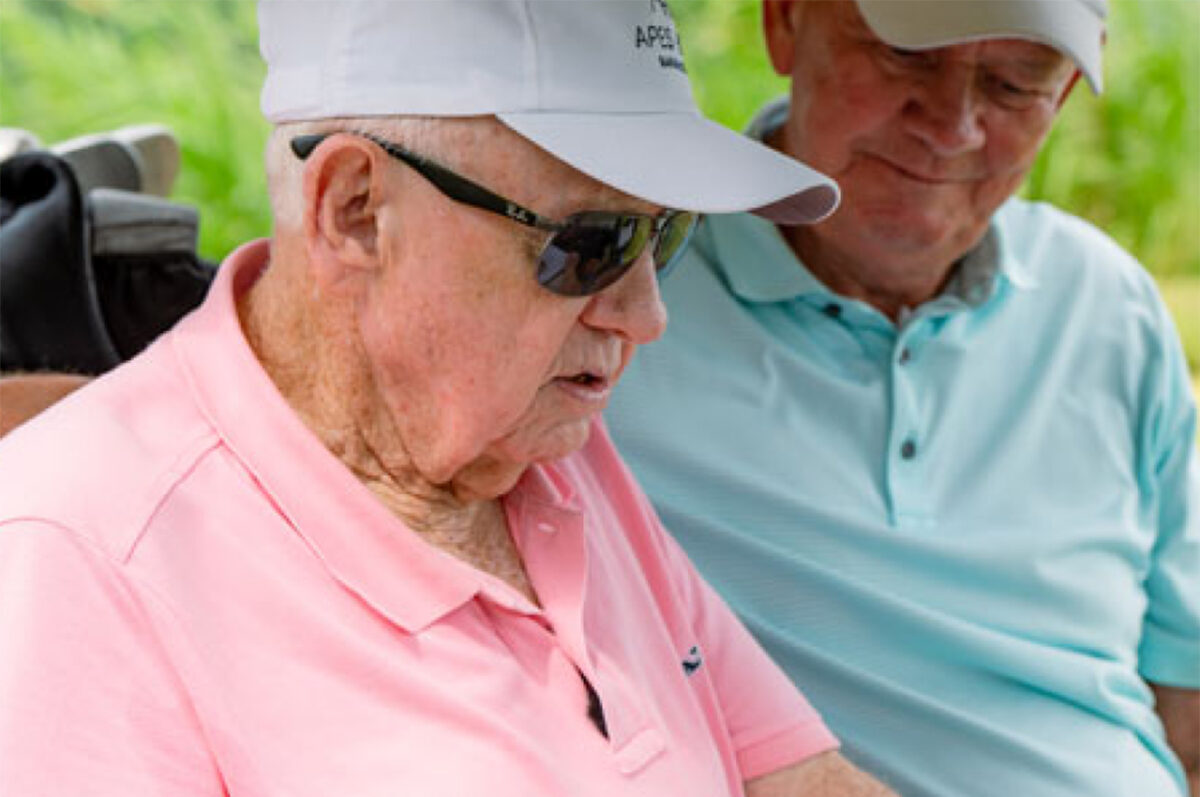[anyclip pubname=”2122″ widgetname=”0016M00002U0B1kQAF_M8171″]
Golf course architect Ron Kirby, whose top-rated efforts included Old Head of Kinsale in Ireland and Apes Hill in Barbados, died Thursday in Copenhagen, Denmark. He was 90 years old when overcome by a quick illness, and he was still working on a golf project.
Kirby worked on hundreds of projects around the world, both as solo jobs and in tandem with some of the biggest names in golf design.
A native of Beverly, Massachusetts, Kirby got into golf as a boy, serving as a caddie, a caddie master and on a grounds crew. He studied agriculture at the University of Massachusetts-Strockbridge before going to work for golf architect Dick Wilson. He later joined the crew for Robert Trent Jones Sr., working on courses in the U.S., Europe and the Caribbean.
Kirby – a member of the America Society of Golf Course Architects – started his own firm in 1970 with consulting partner Gary Player. Kirby sold that firm to Golden Bear Inc. and joined Nicklaus Design Services, working for Jack Nicklaus as overseer of European projects.
The ASGCA wrote that throughout Kirby’s career, he was accompanied on projects by his wife, Sally, who died in 2021. Their travels set the tone for Kirby’s autobiography, “We Spent Half Our Lives on the Wrong Side of the Road.” Kirby is survived by children Faye, Ron Jr. and Beverly.

“Ron Kirby was one of a kind, or perhaps I should Ron and Sally Kirby were two of a kind,” ASGCA president Brit Stenson said on the organization’s website. “His positive impact on golf course architecture in countries around the world will serve as a professional legacy, but it was Ron’s enduring relationship with Sally that many of us will long remember.”
Kirby’s last completed designs were a full makeover of Apes Hill that debuted last year, plus a nine-hole par-3 course at Apes Hill.
“He was an incredible man, always with a smile and a twinkle in his eyes who had an abundance of rich friendships from the dozen plus countries he worked in globally,” Roddy Carr, a famous Irish golfer who was instrumental in Kirby being selected to design Old Head Golf Links in Ireland and Apes Hill Barbados, said in a media release announcing Kirby’s death. “Ron lived a rich and full life and did what he loved doing right to the end – recently sketching golf holes in Denmark.”



